Need advice on bringing zinnias in for seeds before frost
christie_sw_mo
12 years ago
Related Stories

FARM YOUR YARDAdvice on Canyon Farming From L.A.'s Vegetable Whisperer
See how a screened garden house and raised beds help an edible garden in a Los Angeles canyon thrive
Full Story
CONTAINER GARDENS8 Easy Container Plants to Grow From Seed
Get beautiful blooms and herbs in summer by starting these choice garden picks from seed in spring
Full Story
DECORATING GUIDES10 Design Tips Learned From the Worst Advice Ever
If these Houzzers’ tales don’t bolster the courage of your design convictions, nothing will
Full Story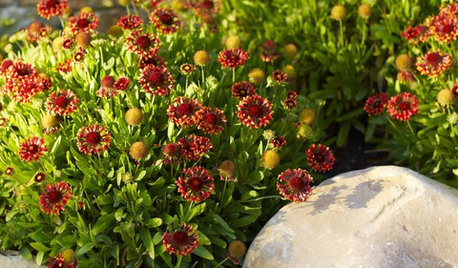
GARDENING FOR BUTTERFLIESGreat Design Plant: Blanket Flower Brings Year-Round Cheer
It's irresistible to wildlife, but this wildflower's drought tolerance, copious blooms and versatility draw human fans too
Full Story
DECORATING GUIDESHow to Bring the Beauty of Reclaimed Wood to the Bath
Beautiful salvaged wood adds warmth and texture to a bathroom. Here's how to get the look right
Full Story
FRONT YARD IDEASBefore and After: Front Lawn to Prairie Garden
How they did it: Homeowners create a plan, stick to it and keep the neighbors (and wildlife) in mind
Full Story
GARDENING FOR BUTTERFLIESBring on the Birds: Natural Habitat Ideas for Gardens of All Sizes
Provide nesting, watering and perching spots inspired by the Costa Rican jungle and watch the birds flock on over
Full Story
INSPIRING GARDENSNative Plants Bring 10 Southern California Front-Yard Gardens to Life
Rare plants, rain gardens and wildlife habitats are just a few of the features showcased on the 2016 Theodore Payne Native Plant Garden Tour
Full Story
MATERIALSReclaimed Brick Brings History and Charm to the Garden
Old bricks make durable and beautiful pavers for the home landscape
Full Story






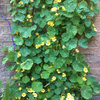
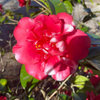
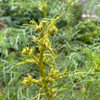
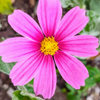
zen_man
christie_sw_moOriginal Author
Related Professionals
Horsham Landscape Architects & Landscape Designers · Suffern Landscape Architects & Landscape Designers · Brooklyn Center Landscape Architects & Landscape Designers · Apollo Beach Landscape Contractors · Bridgeport Landscape Contractors · Davidson Landscape Contractors · Fuquay-Varina Landscape Contractors · Longview Landscape Contractors · Thonotosassa Landscape Contractors · Tinton Falls Landscape Contractors · Wallingford Landscape Contractors · White Bear Lake Landscape Contractors · Port Saint Lucie Decks, Patios & Outdoor Enclosures · Randolph Decks, Patios & Outdoor Enclosures · Salisbury Decks, Patios & Outdoor Enclosureszen_man
susanlynne48
christie_sw_moOriginal Author
zen_man
zen_man
susanlynne48
christie_sw_moOriginal Author
docmom_gw
zen_man
zen_man
zen_man
Carole Ausborn
zen_man
docmom_gw
Mono Wind
zen_man
Mono Wind
zen_man
Mono Wind
zen_man